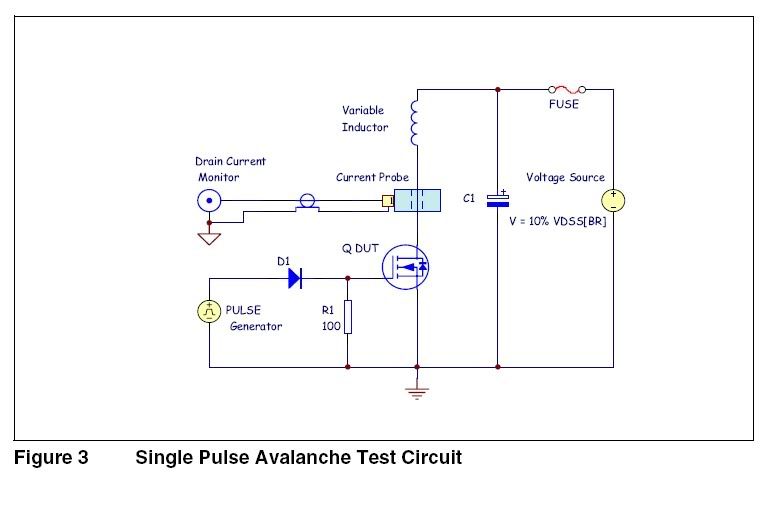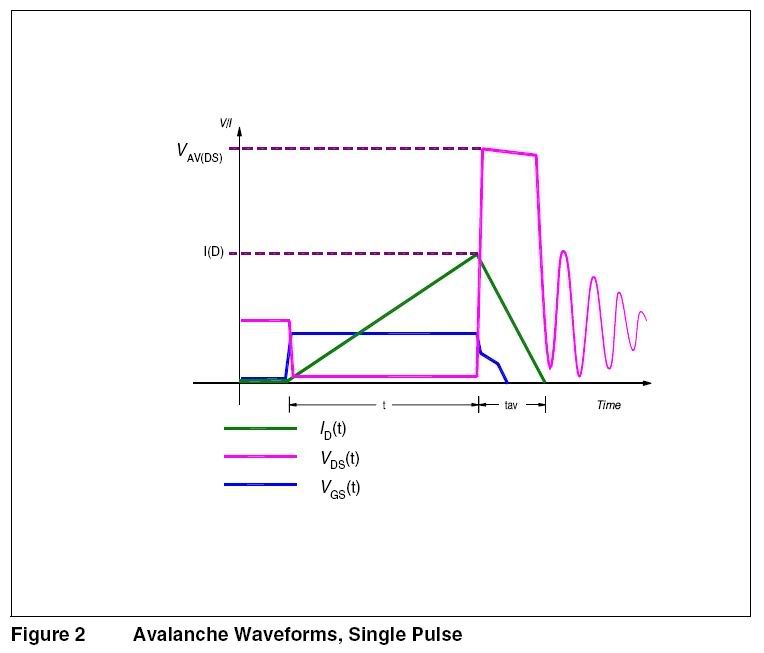Considering the NE555 output stage and its specifications, it has a 100ns rise and fall time when drives a load that has a maximum of 15-20pF capacitance.
In this setup here the power MOSFET type has at least 1500-1800pF capacitance between its gate source and switching speed must suffer towards the microsec speeds.
The series 100 Ohm in the gate circuit (or in case of Aaron the 1 kOhm potmeter) also works against the switching speed but without it it would be more difficult to make this setup self-oscillate. (This resistor tends to raise the gate impedance, this is one condition to regeneration, the frequency of which is the parallel resonant frequency of the drain circuit where mainly the inductance of the load resistor and the drain source capacitance constitutes a parallel resonant circuit.)
The reason I mention switching speed above is that without a relatively higher switching speed the flyback pulse is not likely to raise much, maybe some 200-300V, depending on also the resistor self inductance of course V=L*(dI/dt). This means it is very far from any breakdown if the MOSFET ratings are in 900-1000V range.
rgds, Gyula
In this setup here the power MOSFET type has at least 1500-1800pF capacitance between its gate source and switching speed must suffer towards the microsec speeds.
The series 100 Ohm in the gate circuit (or in case of Aaron the 1 kOhm potmeter) also works against the switching speed but without it it would be more difficult to make this setup self-oscillate. (This resistor tends to raise the gate impedance, this is one condition to regeneration, the frequency of which is the parallel resonant frequency of the drain circuit where mainly the inductance of the load resistor and the drain source capacitance constitutes a parallel resonant circuit.)
The reason I mention switching speed above is that without a relatively higher switching speed the flyback pulse is not likely to raise much, maybe some 200-300V, depending on also the resistor self inductance of course V=L*(dI/dt). This means it is very far from any breakdown if the MOSFET ratings are in 900-1000V range.
rgds, Gyula





 .
.

Comment